Jean Bourdichon
Artists
Talented and versatile, Jean Bourdichon (1457-1521) painted on panel as well as parchment. He succeeded his teacher, Jean Fouquet (1420-1481), as court painter in the early 1480s and served under four successive French monarchs: Louis XI, Charles VIII, Louis XII, and Francis I. Bourdichon was admired for his skill as a portraitist; his expansive landscapes and intimate interiors; his captivating night scenes with dramatic light effects; and his illusionistic frames and floral borders, creative adaptations of Italian and Flemish models. The high demand for Bourdichon’s works required the help of assistants and their involvement is evident in two of the miniatures from Charles de Martigny’s Hours, but the Mass of St Gregory, with its life-like portrait of the patron, was completed by the master.
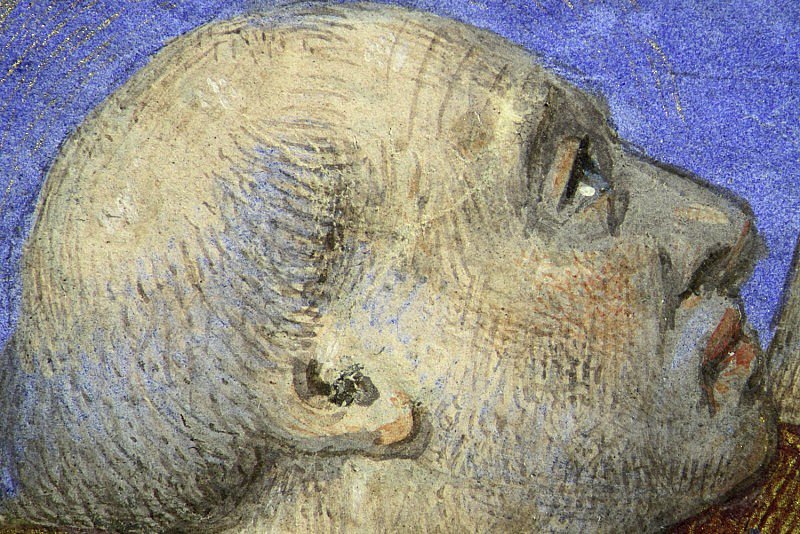
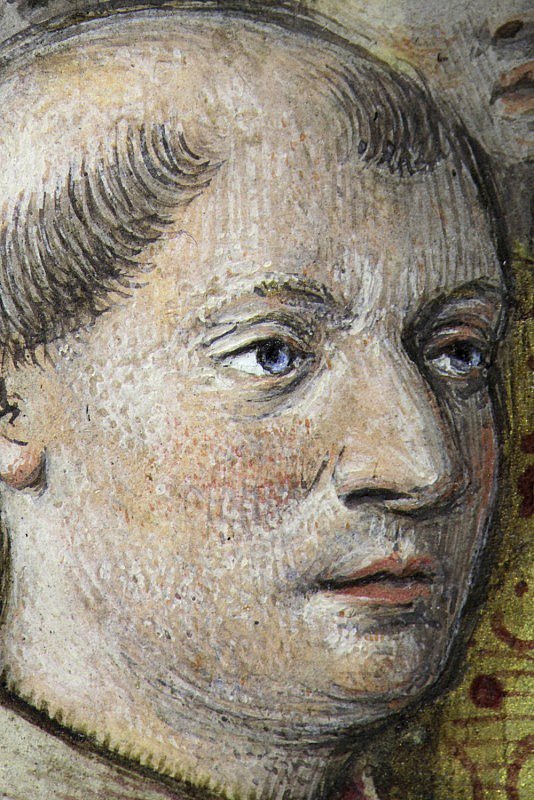
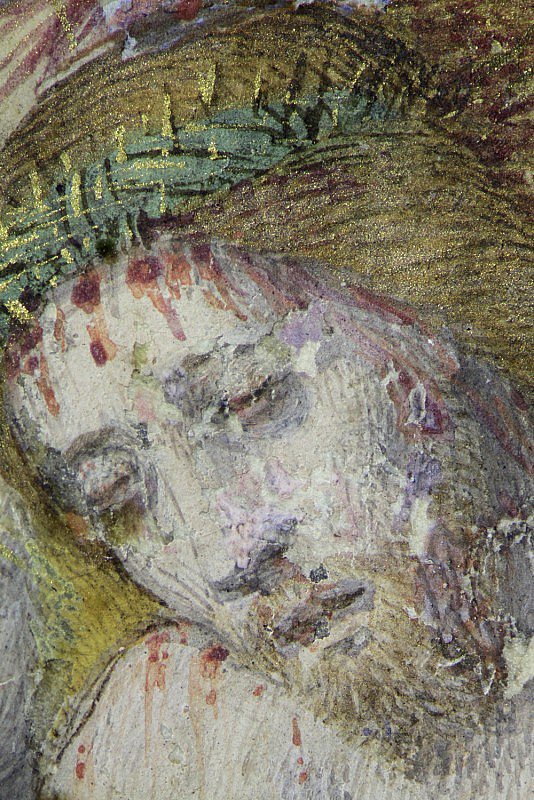
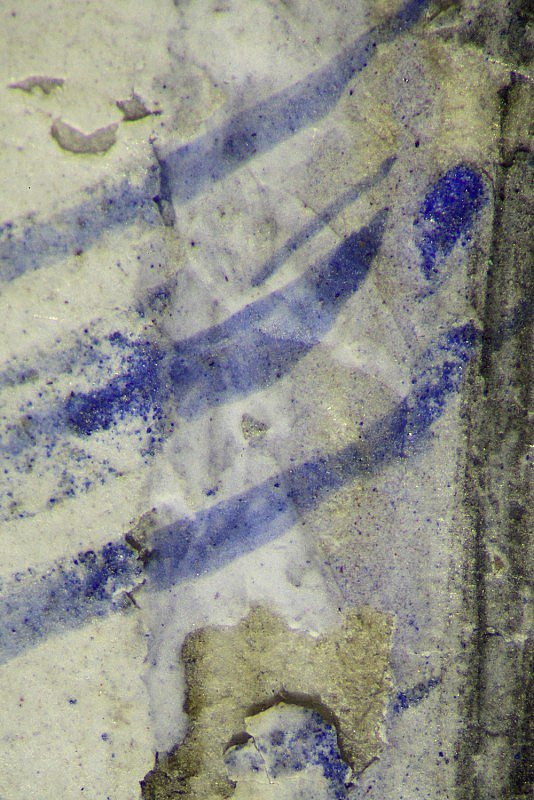
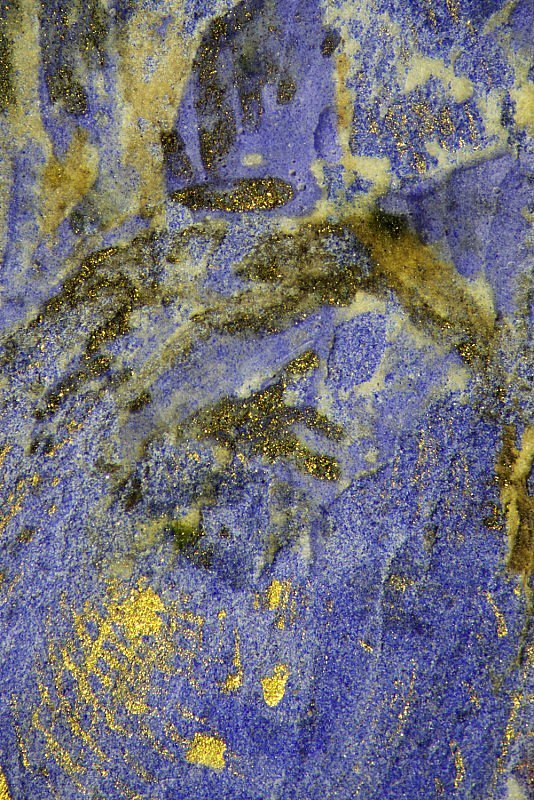
Mass of St Gregory (Prayer recited before Mass)
According to tradition, while Pope Gregory the Great was celebrating Mass, he had a vision of the wounded Christ. Gregory’s mystical experience was widely interpreted as confirmation of the truth of the doctrine of transubstantiation (the belief that during the Mass, the bread and wine are miraculously transformed into Christ’s body and blood). In this miniature, Christ looms above the altar, with blood flowing from his wounds. Dressed in gleaming white garments, two angels support his slumped figure. Clasped in the hand of the angel on the right are the three nails used to fasten his hands and feet to the cross. Surrounded by silver-lined clouds, more angels, painted in azurite over an ultramarine sky, bear additional emblems of Christ’s death and suffering (Arma Christi).
Charles de Martigny kneels near the altar, behind Pope Gregory the Great (c. 540-604) who holds the host aloft. Charles is dressed in a white liturgical garment (an alb), rather than more ostentatious vestments. The delicate execution of the figures, the individualized likeness of the patron, the red, swollen eyes of Christ’s grief-stricken attendants, and the treatment of his dead body find close parallels in other works by Jean Bourdichon.
The text of the prayer continues on the reverse, which is decorated with a one-sided, vertical border in the outer margin of pink and blue acanthus and floral sprays on a gold ground, and a bird. The text is mostly obscured by paper pasted onto the reverse.
Related content: Leaves from the Hours of Charles de Martigny
- Artists: Jean Bourdichon
- Owners: Charles de Martigny
- Texts and Images: Mass of St Gregory
- Description and Contents: Physical Description
- Description and Contents: Script and Textual Contents
- Artists' Materials: Differences in palette
- Artists' Materials: Modern interventions
- Artists' Techniques: Painting the flesh
- Artists' Techniques: Painting with gold